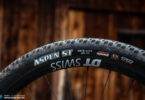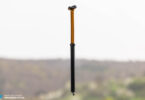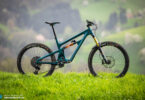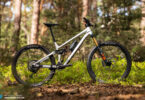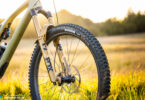Over the last fourteen months our Trek Fuel EX 9.9 29 test-bike didn’t have an easy life. After Trek’s 29” trail bike bagged the test victory in last spring’s group test we decided to keep it for a little longer and put it through the ultimate endurance test.
The Trek Fuel EX 9.9 29 is a true and noble textbook example of a trail bike: 29″ wheels, 130 mm of travel, a slim carbon frame and high-end components as far as the eye can reach. Our test bike in size L (rider size: 185 cm) weighs 11.9 kg and costs € 7,999. Trek promises “a bike for every trail”.
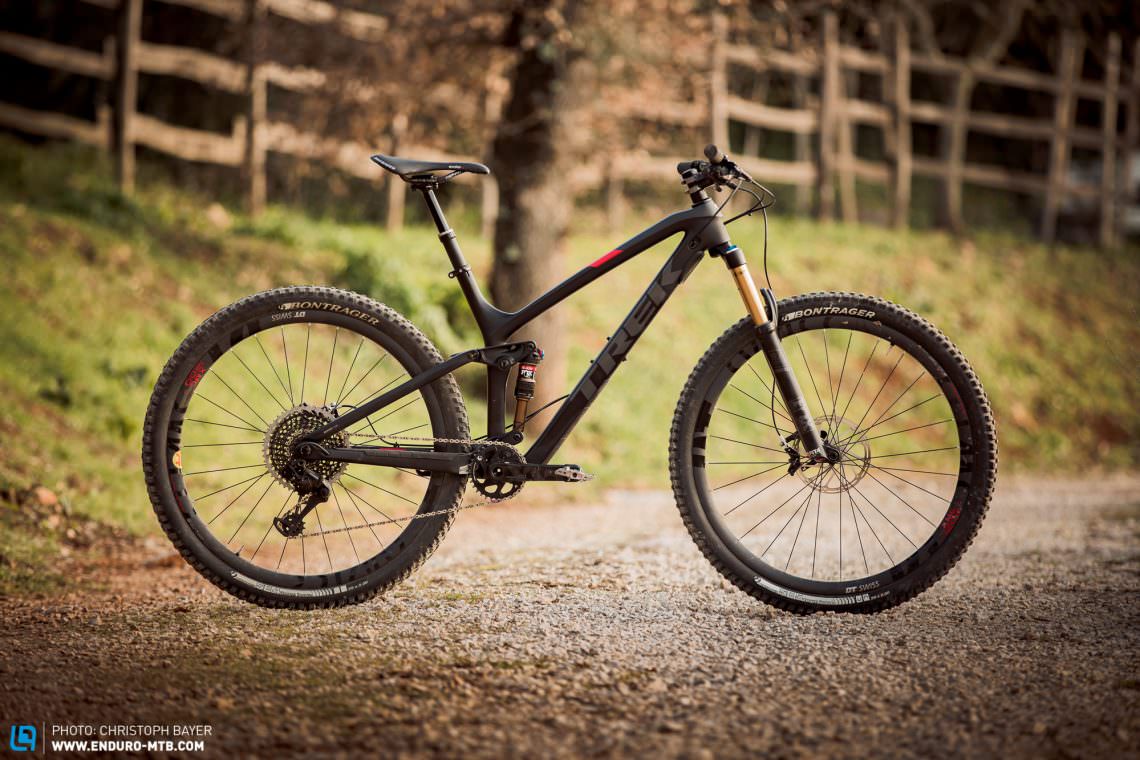
Since we wanted to test the all-round qualities of Fuel EX thoroughly we decided to put it through the most diverse scenarios over a one-year testing period: from classic “hike-a-bike & rad-descent” missions in the Alps to after-work rides on Stuttgart’s local trails through the occasional race and numerous bike park sessions — we put our Trek through absolutely everything!
The Trek Fuel EX 9.9 29 on the trail
No matter where and how we rode it during our year-long test the Fuel EX reaffirmed the outstanding credentials that earned it its “best in test” badge in our comparison-test: the superb rear-end combined with the stiff lightweight allow for a powerful acceleration and well-balanced handling.
On most occasions, we rode our test bike with the shock in the trail mode. The Fuel climbs like a mountain goat on speed and the lightweight DT Swiss XMC 1200 carbon wheels help it accelerate briskly. The rear-end doesn’t waste any energy and still offers lots of traction. The SRAM XX1 Eagle drivetrain delivers a decent gear-ratio and still works like on the first day — even after 2,000 km of constant abuse.
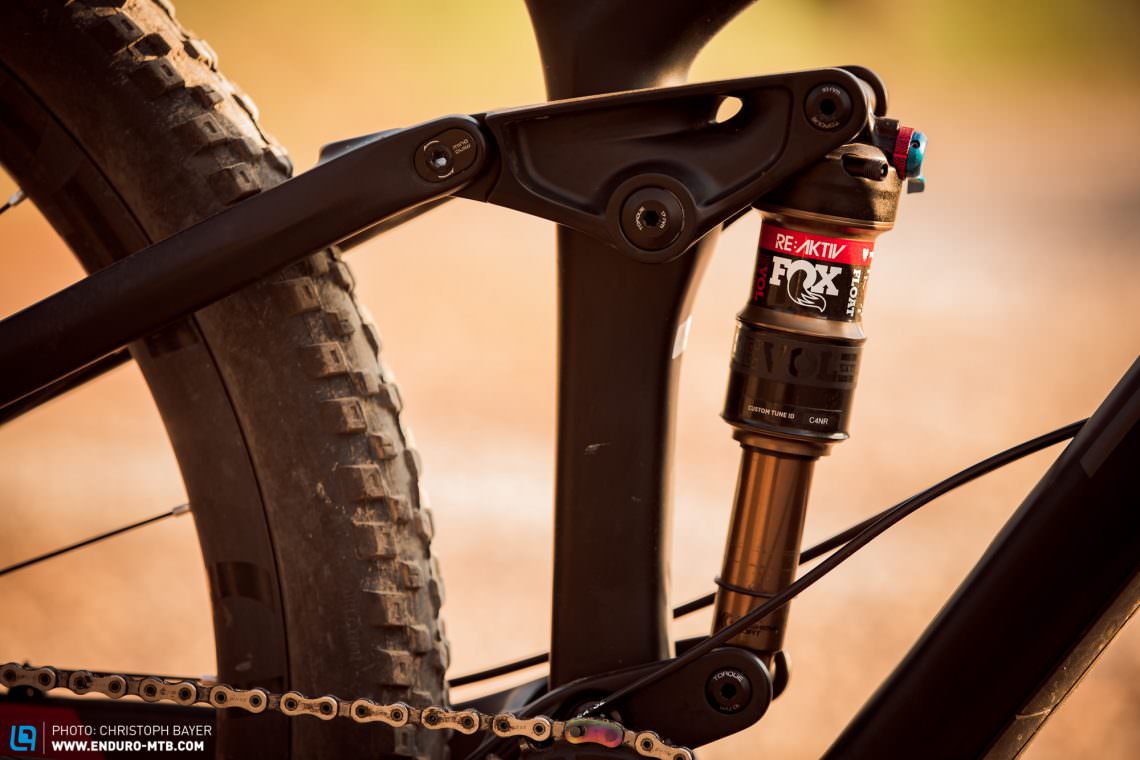
On the downhill, the suspension of the Trek gives you lots of feedback and sucks-up all kinds of knocks with confidence — despite having only 130 mm of travel. Thanks to the RE:aktiv technology1 the rear-end suspension releases all of its travel when you really need it even when riding in the trail setting. Only on very rough terrain with many fast repetitive hits, we chose to keep the shock in the open mode.
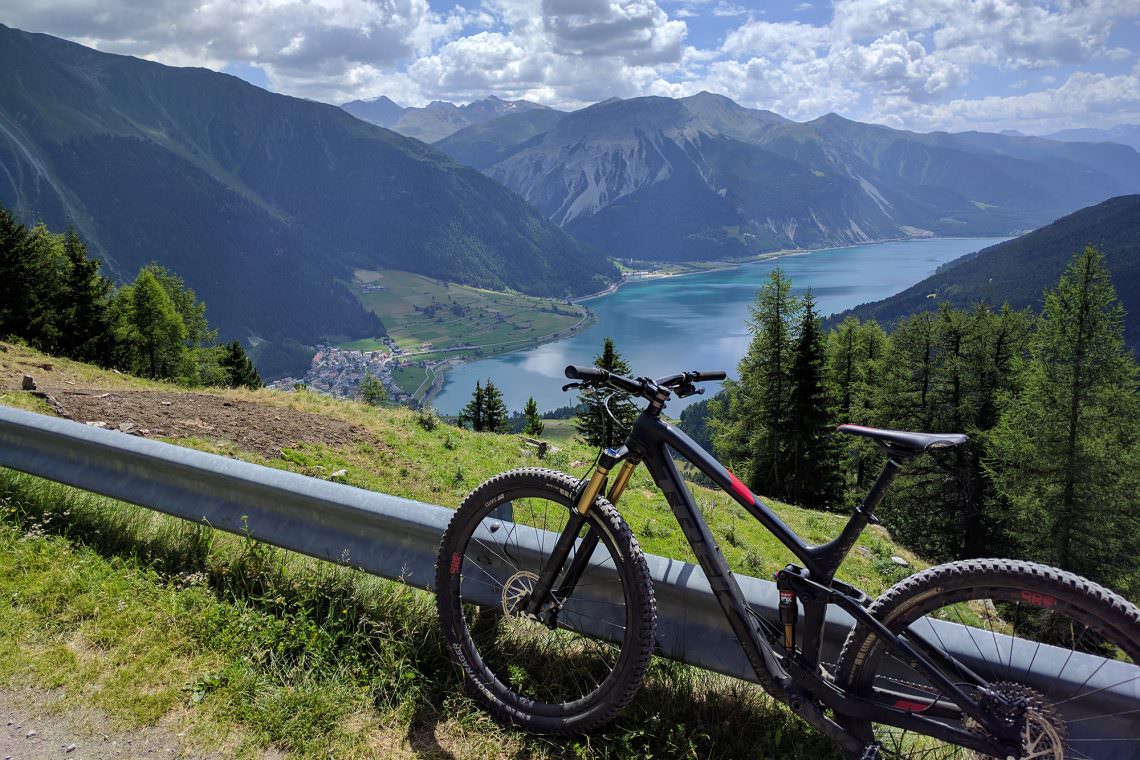
The long and slack geometry and 29″ wheels inspire tons of confidence — so much in fact that sometimes we even forgot we were sitting on a trail bike. Still, the Fuel EX 9.9 follows fast direction changes quickly and efficiently.
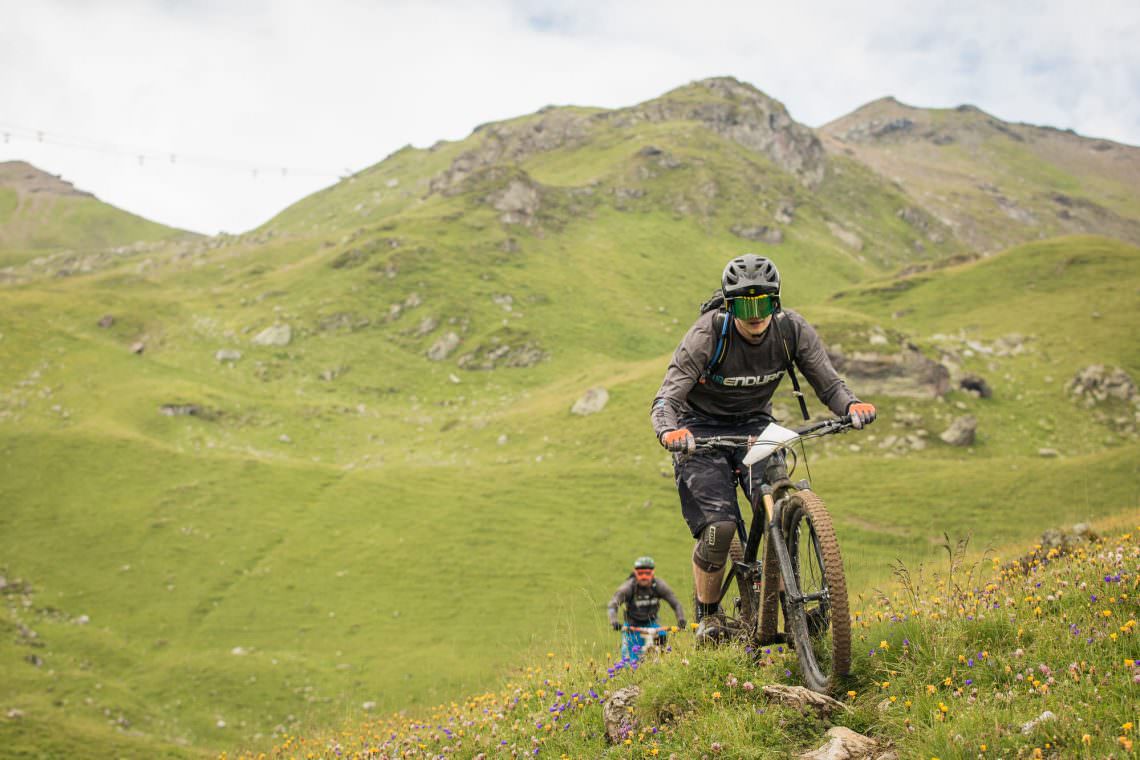
Spec and durability
For our test Trek had already replaced the standard Bontrager XR3 tires with a more robust SE4/5 combo which suits the excellent downhill performance of the Fuel EX better – a brilliant move. Halfway through our one-year endurance test we swapped the tires with a pair of E*thirteen TRS+ and trimmed our Trek for even nastier trails.
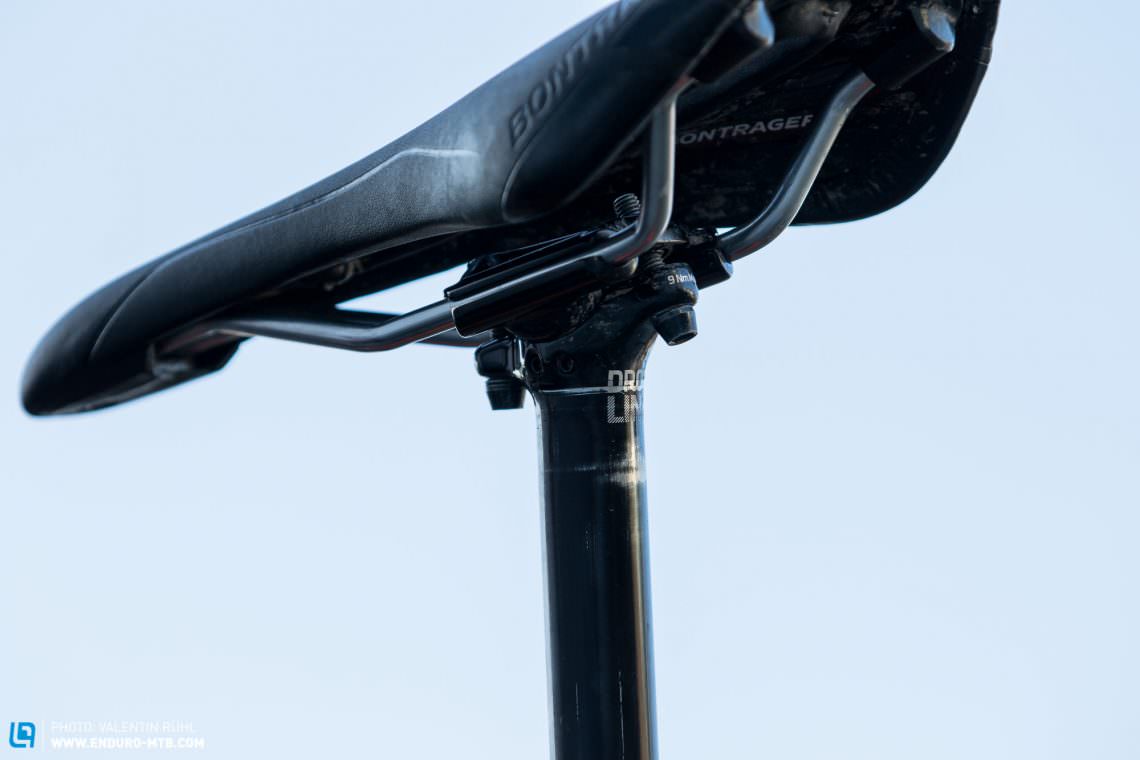
The coating on our original 125mm Bontrager Dropper Post started to wear off after only a few months of use. Apart from this a loud rattling2 noise really affected the ride on the otherwise very quiet Fuel EX — finally we decided to replace the dropper with a FOX Transfer with more drop (150 mm). Especially on jumps and steep trails the additional drop inspires way more confidence and improves riding comfort. It’s amazing what a difference 2.5 cm can make! In the meantime, Trek has changed the standard-spec and delivers all current Fuel EX models (2018) with a 150 mm dropper with all bikes from size L upwards. Superb!
As far as durability goes the seat post is the only component which let us down — apart from that we have absolutely nothing to complain about: The Trek Fuel EX 9.9 proved to be as reliable as you would expect it from a bike in this price range. From the very beginning, we were planning to put the Trek through the toughest scenarios and that’s why we weren’t too sure about the posh DT Swiss XMC 1200 carbon wheelset at first; to our surprise, it survived all impacts and hundreds of messed-up lines passing our test with full marks.
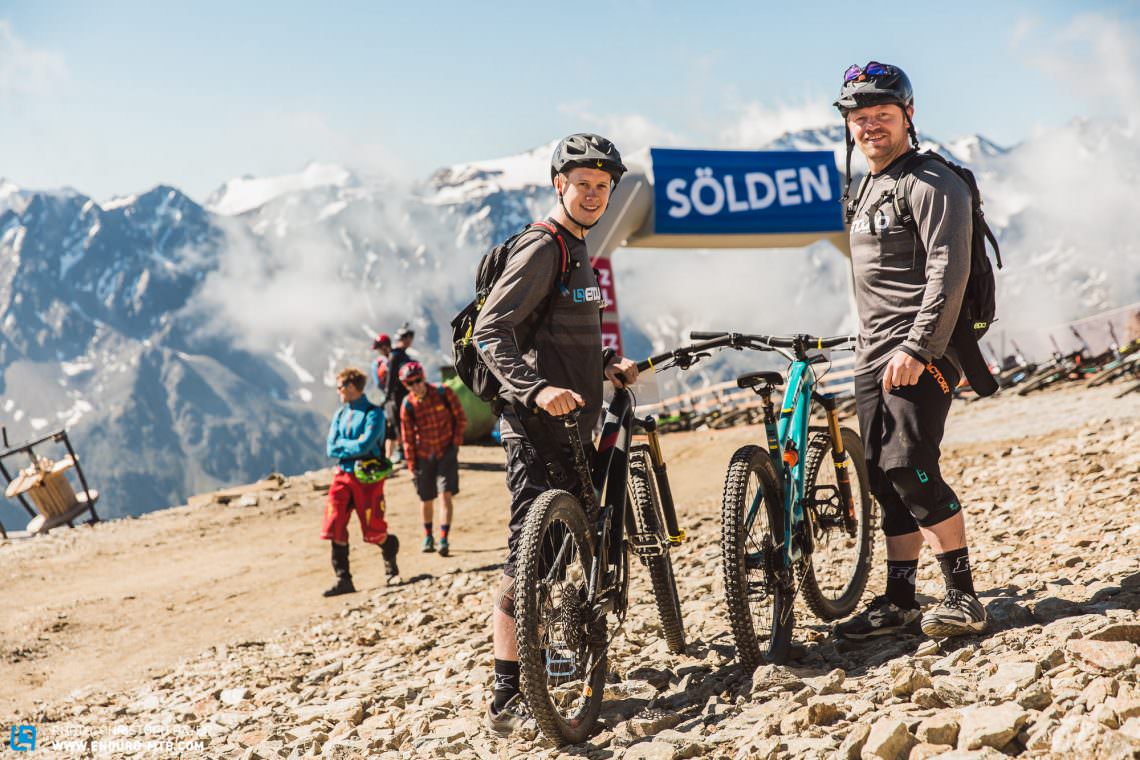
Trek opted for SRAM Guide Ultimate brakes with 180 mm brake rotors front and rear. This setup delivers good modulation and saves a few grams — and we were happy with the overall braking performance in pretty much all situations. However, when riding long, steep descents and dropping many vertical meters in a short time we were missing a bigger 200 mm disc in the front3.
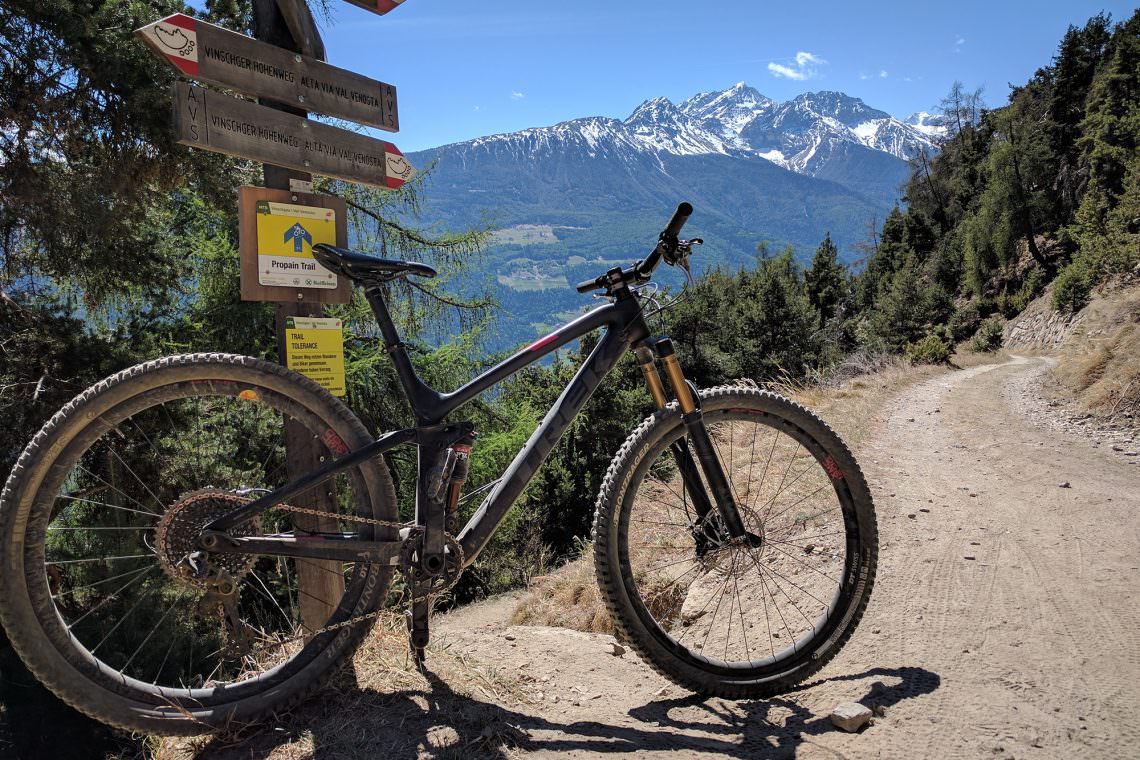
Conclusion
Over the last few months the Trek Fuel EX 9.9 29 really impressed us and managed to reaffirm all of its superb all-round credentials we praised in our comparative test: No matter where our rides took us the Fuel EX was always a suitable and reliable companion — one that shines with a high degree of efficiency, a superb handling and top suspension combo. As far as durability goes we have nothing to complain — a part from the noisy dropper of course! All in all the Trek proved to be a reliable low-maintenance rig throughout the season.
More information at trekbikes.com
The current Trek Fuel EX 9.9 29 (2018)
The current model year (2018) of the Trek Fuel EX 9.9 29 remains almost unchanged. The only major change in features are the wheels. The current model features an in-house Bontrager Line Pro 30 wheels instead of the DT Swiss XMC 1200 in our test — which weighs only about 150 g more. And of course the Fuel features the current generation of suspension. In particular, the updated FOX Factory FLOAT EVO shock is now equipped with new Thru Shaft technology which is expected to respond even better.
Did you enjoy this article? If so, we would be stoked if you decide to support us with a monthly contribution. By becoming a supporter of ENDURO, you will help secure a sustainable future for high-quality mountain bike journalism. Click here to learn more.
Words: Aaron Steinke Photos: Christoph Bayer, Aaron Steinke, Valentin Rühl




